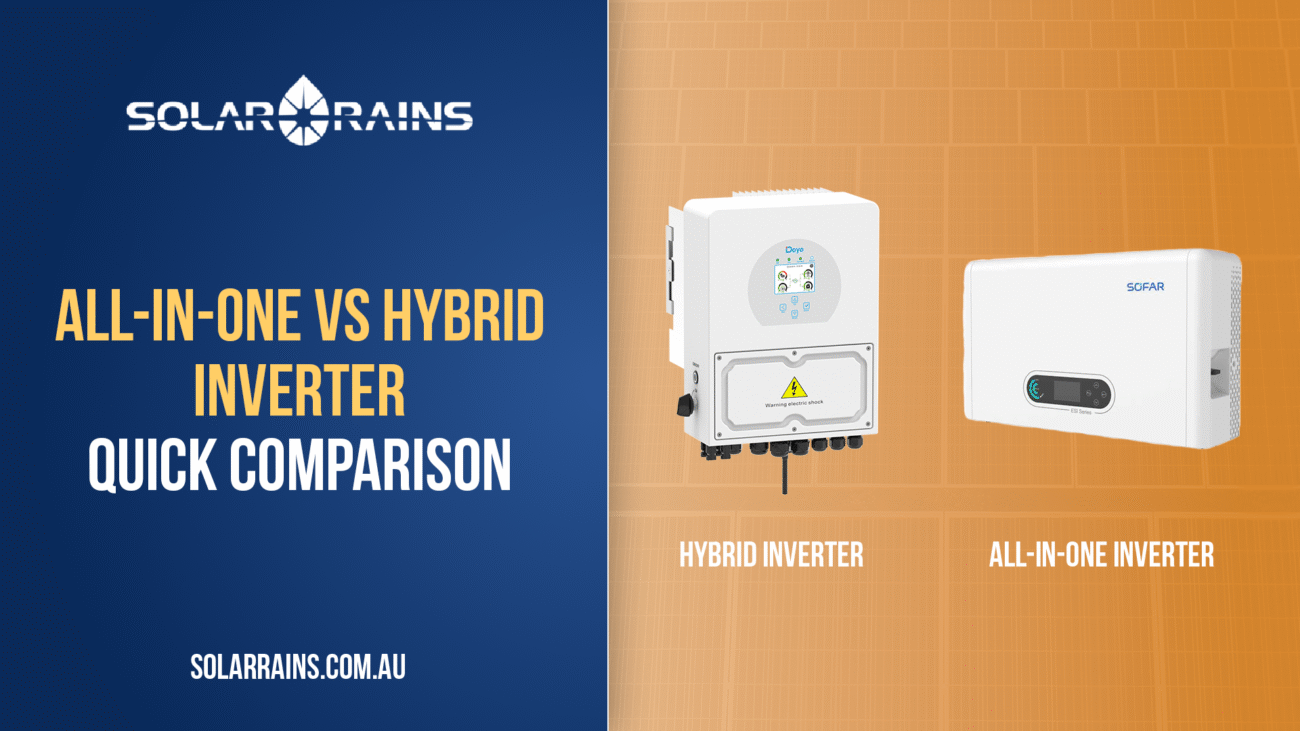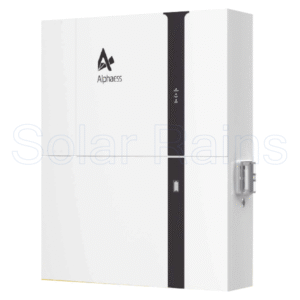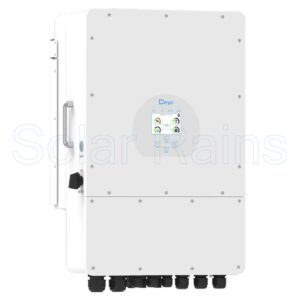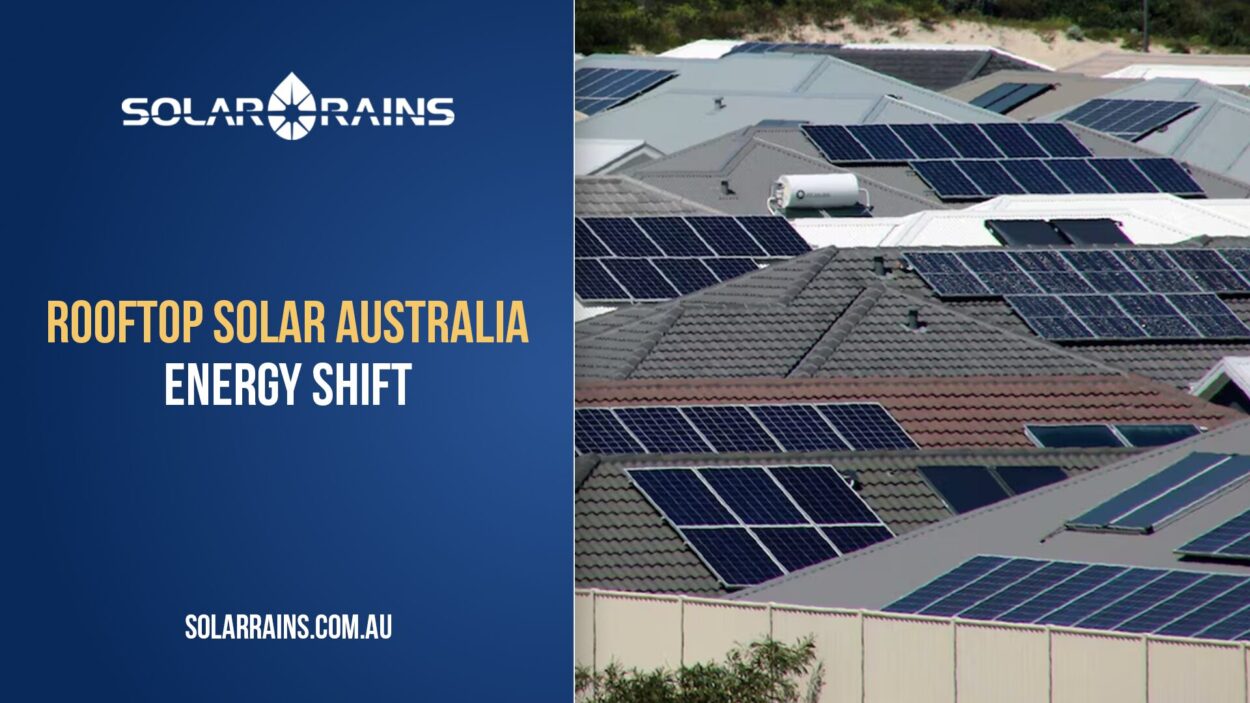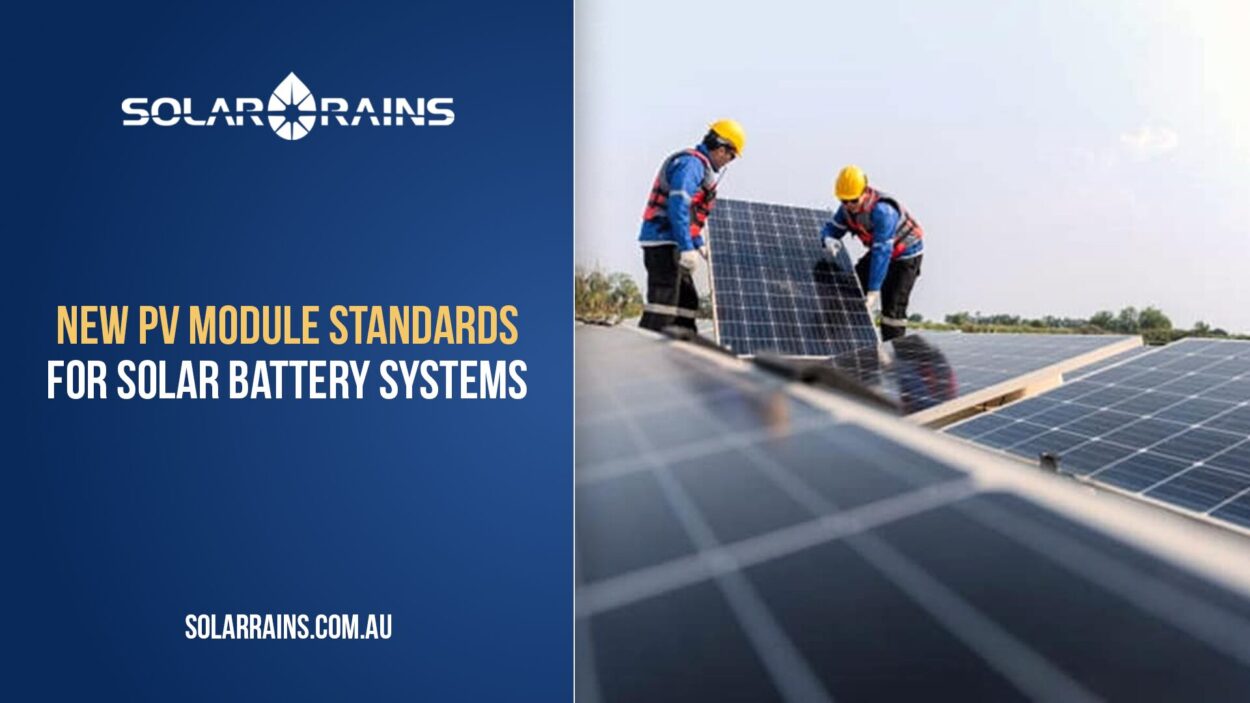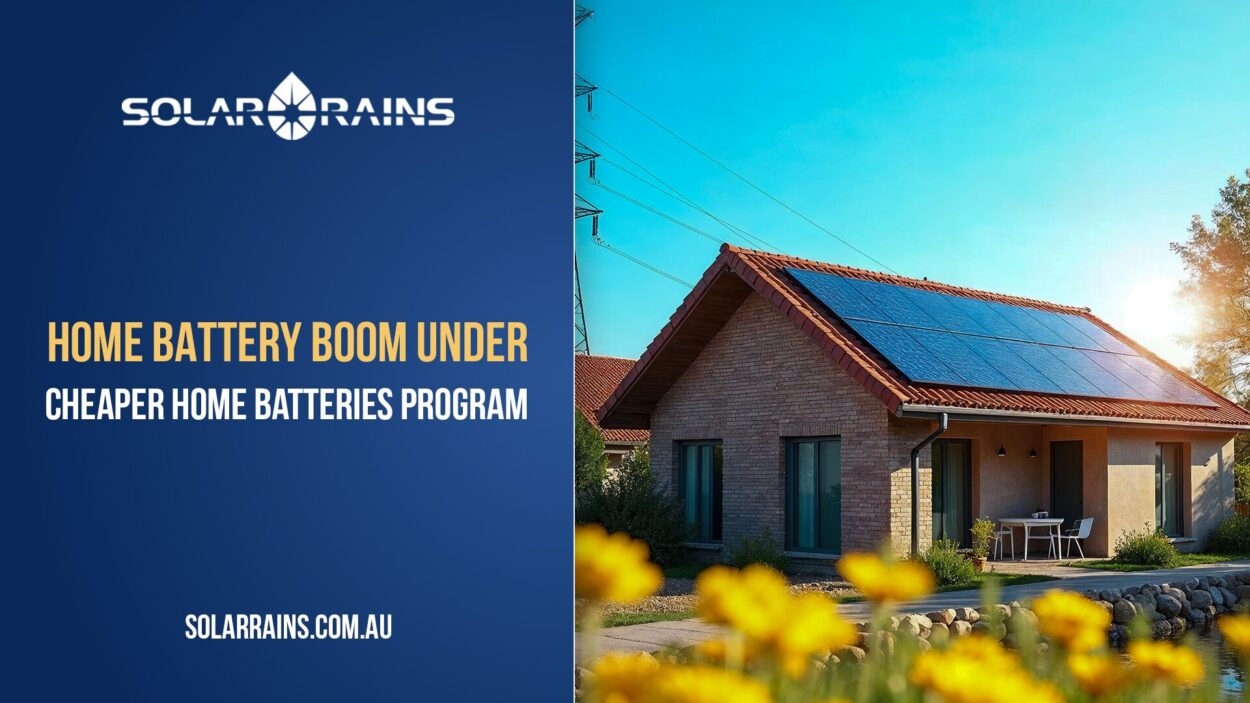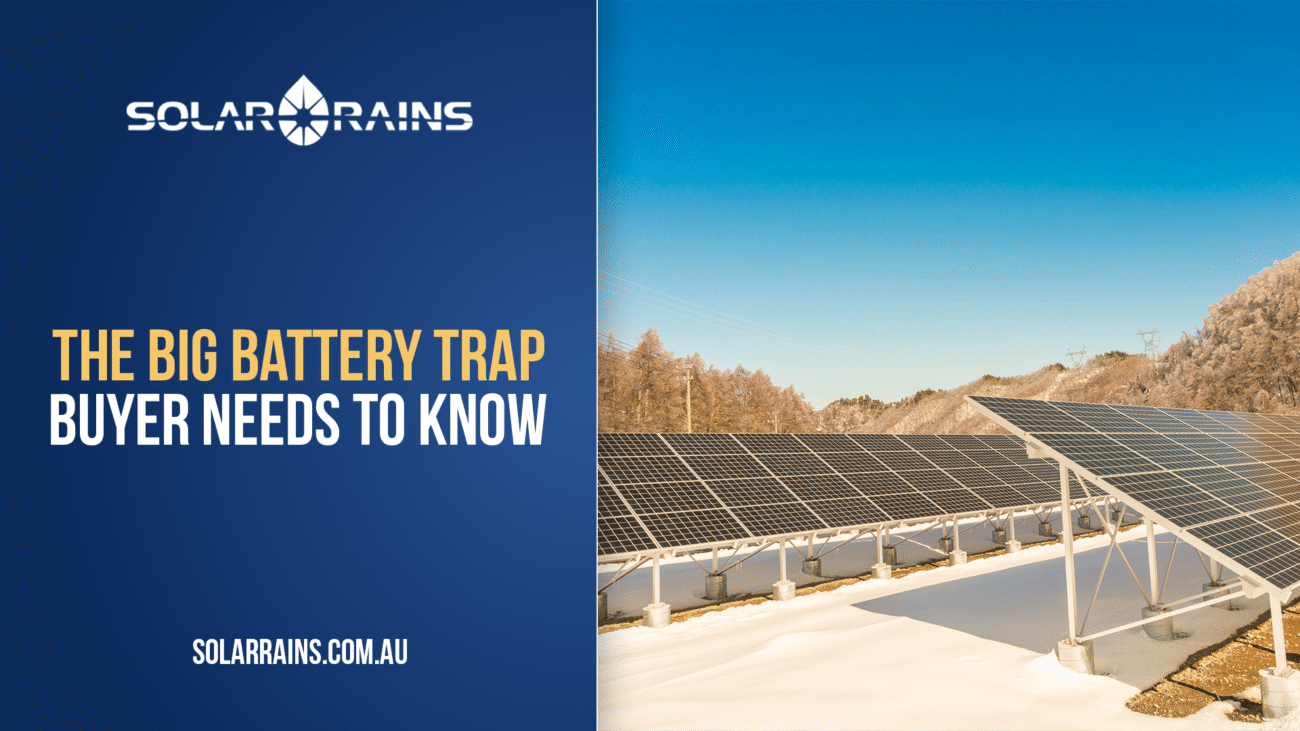As more Australian households embrace solar energy, the decision between an all-in-one inverter and a hybrid inverter has become critical. Both play a crucial role in managing solar power, especially when paired with a solar battery. Understanding the difference can help solar users maximize performance, reliability, and return on investment.
This article explores the distinctions between all-in-one and hybrid inverters, their features, advantages, and which one might be the better choice for your solar system setup.
What Is a Hybrid Inverter?
A hybrid inverter is a device that combines a solar inverter and a battery inverter into a single unit. It can manage power from solar panels, the electrical grid, and solar batteries at the same time.
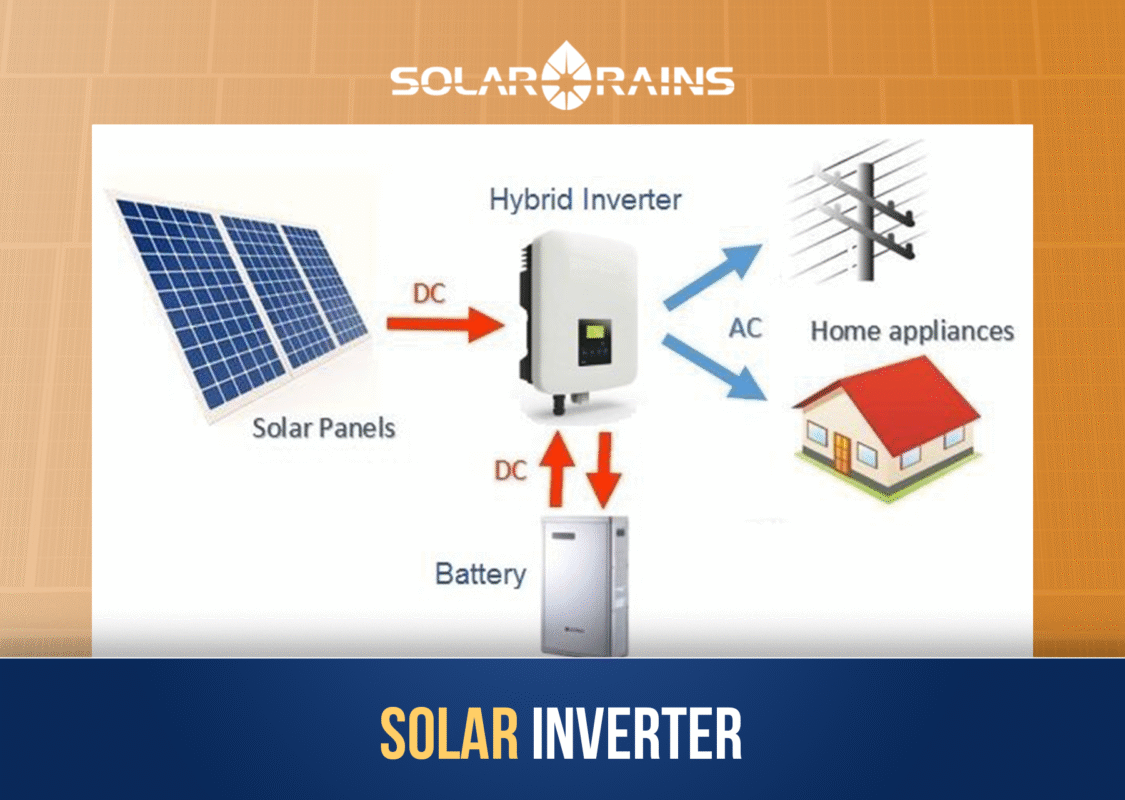
How it works:
- Converts DC electricity from solar panels into AC for household use.
- Sends excess solar power to charge a solar battery.
- Draws power from the battery or grid when needed.
Hybrid inverters are often modular, making them popular among users looking to add storage to their systems in stages.
What Is an All-in-One Inverter?
An all-in-one inverter system includes the solar inverter, battery inverter, and battery pack in a single pre-configured unit. This system typically arrives as a plug-and-play solution, ready for installation without complex component matching.
Examples of all-in-one systems:
These units streamline both installation and maintenance while ensuring optimal compatibility between inverter and battery.
Key Differences at a Glance
| Feature | Hybrid Inverter | All-in-One Inverter |
| Integration | Inverter + Battery (external) | Fully integrated system (inverter + battery) |
| Installation | More flexible, separate battery setup | Plug-and-play installation |
| Scalability | Easier to upgrade | May require proprietary battery modules |
| Compatibility | Compatible with different battery brands | Often brand-specific and closed system |
| Size & Space | Compact, but depends on setup | Larger unit, vertical stacking |
| Maintenance | Easier to replace/upgrade components | Replacing parts may require whole unit service |
| Price | Generally more affordable initially | Higher upfront cost, reduced integration effort |
Benefits of Hybrid Inverters
- Modular Design: Users can choose their preferred solar battery brands and expand later.
- Cost-Effective: Ideal for gradual system upgrades.
- Flexibility: Can be configured for both on-grid and off-grid modes.
- Battery Independence: Easier to replace or upgrade storage without overhauling the inverter.
Explore some of our residential hybrid inverters like the Deye or Swatten range.
Benefits of All-in-One Systems
- Plug-and-Play Simplicity: Fewer installation steps, less wiring, and quicker setup.
- Manufacturer Optimization: Systems are tested and calibrated by the manufacturer for performance.
- Compact Vertical Footprint: Ideal for tight spaces like garages or side walls.
- Sleek Design: Appealing for homeowners who want an integrated aesthetic solution.
If you prefer convenience and don’t mind a slightly higher investment, the AlphaESS all-in-one could be a smart pick.
Use Case Scenarios
Homeowners seeking flexibility
Opt for a hybrid inverter if you:
- Want to choose your own battery brand (e.g., Deye, Dyness, or Swatten)
- Plan to upgrade battery capacity in the future
- Value system customization and scalability
Installers prioritising ease
Choose an all-in-one system if you:
- Want rapid installation for new builds or retrofits
- Need a guaranteed, pre-matched battery and inverter combo
- Prefer simplicity for residential clients or community projects
Considerations Before Choosing
System Compatibility
Check whether your solar battery is compatible with the hybrid inverter. Some inverters only support specific communication protocols.
Grid Connection Mode
- Hybrid inverters are suitable for both on-grid and backup/off-grid.
- All-in-one systems often come with built-in UPS (uninterruptible power supply) functionality.
Warranty & Support
- Hybrid systems may have separate warranties for inverter and battery.
- All-in-one packages typically come with unified support, making post-sale service easier.
Costs and ROI
- A standalone hybrid inverter may cost between $1,500-$3,000, depending on brand and size.
- All-in-one systems can range from $5,000-$10,000, inclusive of the battery module.
- Over time, hybrid inverters offer flexibility to expand based on usage needs.
- All-in-one units may have quicker payback in new installations due to reduced installation costs and downtime.
Tip: Partnering with a reliable solar supplier like Solar Rains ensures long-term support, fair pricing, and access to high-quality solar products.
Trends in the Australian Market
The Australian residential market is increasingly adopting:
- Hybrid inverters for off-grid rural installations and smart energy management
- All-in-one systems for suburban and urban areas with tight spaces or newer grid infrastructure
Demand for both systems is expected to rise, especially as battery prices fall and grid reliability becomes a higher priority.
Which One Should You Choose?
| Choose Hybrid Inverter if | Choose All-in-One Inverter if |
| You want battery flexibility | You want installation simplicity |
| You plan to grow your system later | You need integrated backup/UPS functionality |
| You prefer lower upfront costs | You prefer unified support & a sleek design |
For maximum compatibility and ease, talk to solar power suppliers like Solar Rains to compare models and receive tailored recommendations.
FAQs
In most cases, the battery must be replaced with a compatible module from the same brand.
Yes, they can function as a regular grid-tied inverter and support storage later.
Yes, but only if they are paired with a compatible battery and programmed for backup.
Most inverters last 10–15 years. Batteries may need replacement after 7–10 years.
Hybrid inverters provide more flexibility for off-grid or partial backup configurations.
Final Thoughts
Both hybrid inverters and all-in-one systems offer great pathways toward energy independence and improved efficiency. Your choice will depend on whether you prioritise customisation or convenience.
No matter your choice, working with a trusted solar product wholesale provider like Solar Rains ensures access to high-quality components, expert guidance, and long-term peace of mind.

